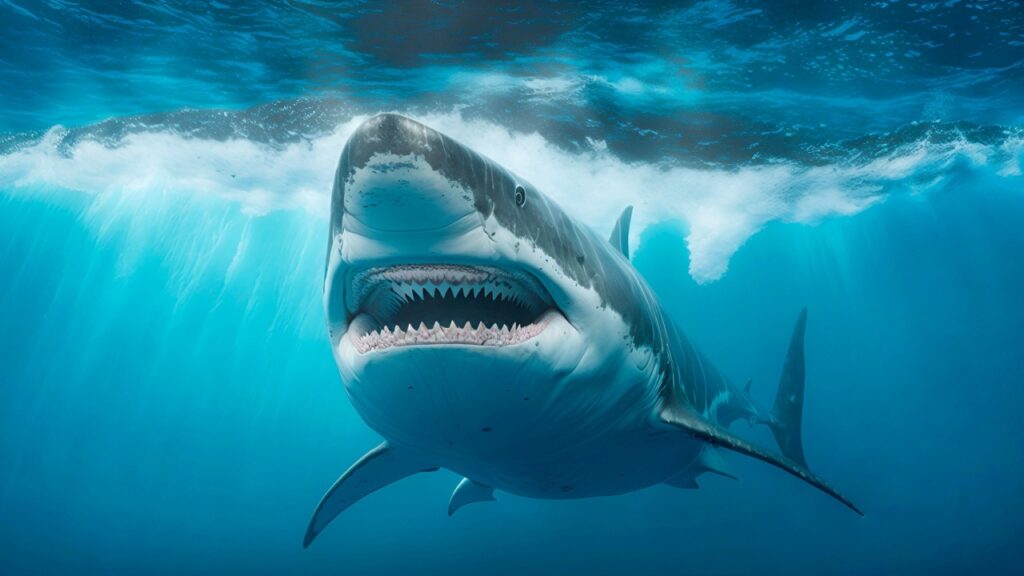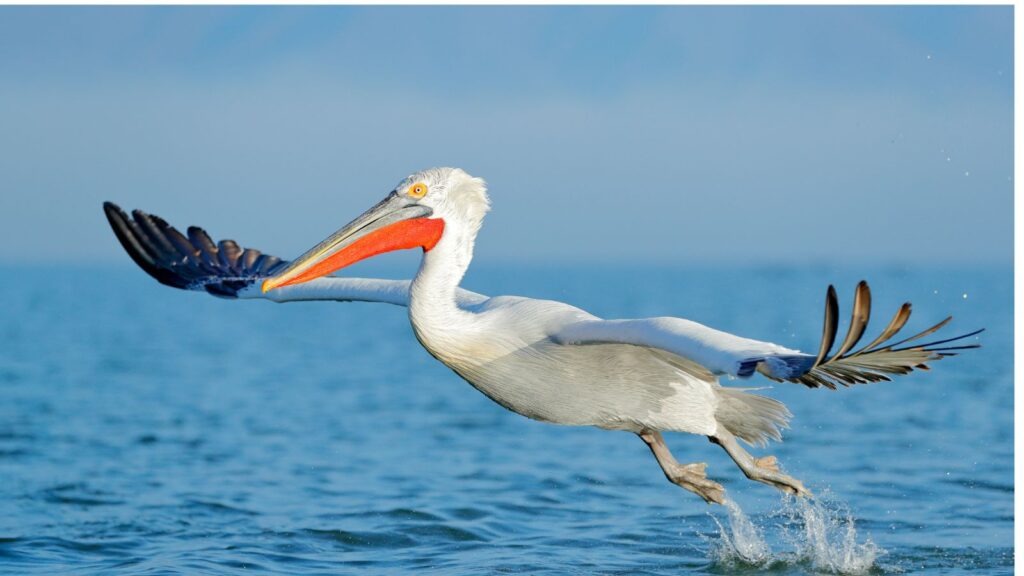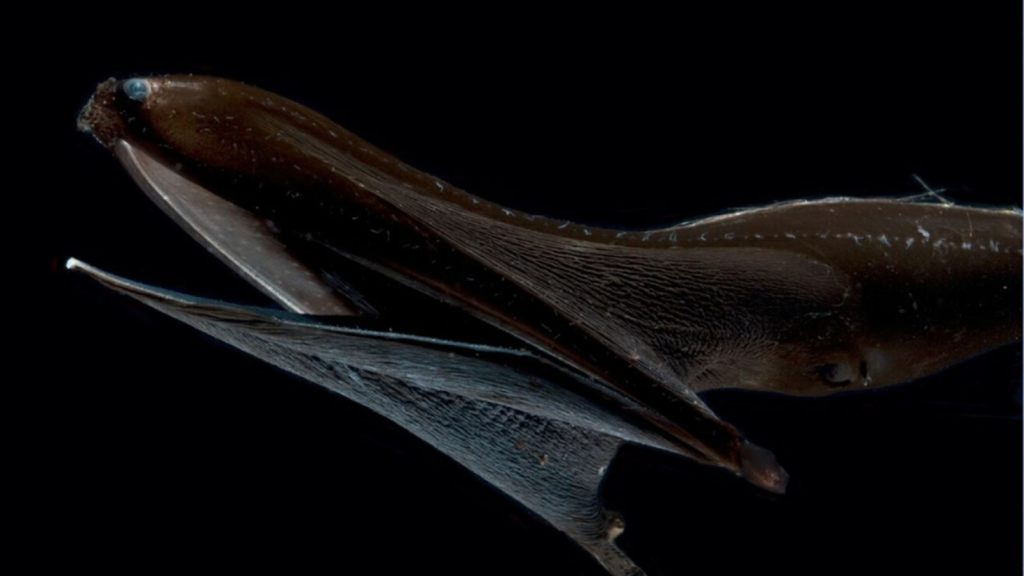Nature is full of surprises, and some of the most astonishing involve the eating habits of certain creatures. While many animals take their time to chew their food, others have developed the remarkable ability to swallow their prey whole. This feat not only saves time but also helps these predators avoid potential injuries from struggling victims. From snakes to birds and even some fish, the animal kingdom is home to a variety of species that gulp down their meals in one go. Let’s explore 15 fascinating animals that have mastered this impressive feeding technique.
Reticulated Python

The reticulated python is one of the world’s largest snakes, capable of swallowing prey as big as deer or pigs. These massive constrictors first squeeze their victims to death before unhinging their jaws to consume them whole. The process can take several hours, and the snake may not need to eat again for weeks or even months. Reticulated pythons have highly flexible ligaments in their jaws, allowing them to stretch their mouths around prey much larger than their own head.
Great White Shark

Great white sharks are known for their powerful jaws and rows of razor-sharp teeth. While they often bite chunks out of larger prey, they can swallow smaller animals like seals and sea lions whole. Their elastic stomachs expand to accommodate these large meals, which are then digested slowly over several days. Great whites can also regurgitate indigestible items like bones and fur, allowing them to maximise the nutritional value of their catch.
Pelican

Pelicans have a distinctive pouch-like beak that allows them to scoop up fish and swallow them in one gulp. These birds can consume several kilograms of fish daily, often catching them by diving headfirst into the water. Some pelican species have even been observed swallowing pigeons and other birds whole. The pelican’s flexible throat pouch can hold up to 13 litres of water, which they drain before swallowing their catch.
Anaconda

The green anaconda, found in South America, is another massive snake known for consuming its prey whole. These powerful constrictors can tackle large animals like capybaras, deer, and even jaguars. After squeezing the life out of their victims, anacondas use their flexible jaws to swallow them head-first. Anacondas have been known to go months between meals, thanks to their slow metabolism and ability to digest nearly every part of their prey.
Goliath Birdeater Tarantula

Despite its name, the Goliath birdeater tarantula rarely eats birds. However, this massive spider does consume a variety of small animals whole, including insects, frogs, and lizards. They inject their prey with venom before liquefying their insides and slurping them up. The Goliath birdeater’s body can grow up to 30 centimetres across, making it the largest spider in the world by mass.
Gulper Eel

The gulper eel, also known as the pelican eel, has an enormous mouth that can open wide enough to swallow prey larger than itself. This deep-sea dweller uses its bioluminescent tail tip to lure unsuspecting fish before engulfing them in its expandable jaws. The eel’s stomach can stretch to accommodate these oversized meals. When not feeding, the gulper eel’s jaw folds back against its body, giving it a more streamlined appearance for swimming in the deep ocean.
Komodo Dragon

Komodo dragons are the largest living lizards and are capable of swallowing smaller prey whole. For larger animals, they use their sharp teeth and strong jaws to tear off huge chunks of meat, which they then gulp down without chewing. Their highly flexible jaws and necks allow them to consume up to 80% of their body weight in a single meal. Komodo dragons have a unique venom gland that helps them subdue their prey and aids in digestion.
Snapping Turtle

Snapping turtles are opportunistic predators with powerful jaws and a lightning-fast strike. These freshwater reptiles often swallow smaller fish, amphibians, and invertebrates whole. Their sharp beaks and strong neck muscles help them to quickly capture and consume their prey without the need for chewing. Snapping turtles can’t fully retract into their shells like other turtles, which may have contributed to the evolution of their aggressive hunting style.
Giant Grouper

The giant grouper is a massive fish that can grow up to 2.7 metres in length. These ambush predators have huge mouths that allow them to swallow smaller fish, crustaceans, and even small sharks whole. They often lie in wait near coral reefs, suddenly expanding their mouths to create a powerful suction that pulls in their unsuspecting prey. Giant groupers can live for up to 50 years and play a crucial role in maintaining the balance of coral reef ecosystems.
Humpback Whale

Although they’re known for their massive size, humpback whales feed on some of the ocean’s tiniest creatures. Using a technique called bubble-net feeding, they corral small fish and krill into tight groups before swimming up with their mouths wide open, swallowing thousands of prey items whole in a single gulp. A humpback whale can consume up to 1,360 kilograms of food per day during their feeding season.
Osprey

Ospreys are fish-eating birds of prey with a unique hunting style. They plunge feet-first into the water to grab fish, which they then carry back to their perch or nest. Smaller fish are often swallowed head-first and whole while still in flight, showcasing the osprey’s impressive aerial acrobatics and eating skills. Ospreys have specially adapted feet with reversible outer toes and barbed pads, allowing them to grip slippery fish securely.
Moray Eel

Moray eels are fearsome predators with long, snake-like bodies and powerful jaws lined with sharp teeth. These reef-dwelling creatures often swallow their prey whole, using a second set of jaws in their throat called pharyngeal jaws to pull the food down into their stomachs. This unusual adaptation allows them to efficiently consume fish and crustaceans. Moray eels have poor eyesight and rely primarily on their acute sense of smell to locate prey in the coral reefs they inhabit.
Frogfish

Frogfish are masters of camouflage and ambush predation. These strange-looking fish have enormous mouths that can expand to swallow prey nearly as large as themselves. When a victim swims too close, the frogfish opens its mouth with lightning speed, creating a vacuum that sucks in the unfortunate prey whole. Frogfish can change their colour and texture to blend in with their surroundings, making them nearly invisible to both prey and predators.
Secretary Bird

The secretary bird is a long-legged predator found in the grasslands of Africa. While it’s known for stomping on its prey with powerful kicks, it often swallows smaller animals like snakes, lizards, and rodents whole. The bird’s long neck allows it to toss its catch into the air and gulp it down in one smooth motion. Secretary birds have incredibly strong legs and can deliver kicks with a force up to five times their body weight, stunning or killing their prey instantly.
Cookie-cutter Shark

The cookie-cutter shark gets its name from the circular wounds it leaves on larger marine animals. However, it’s also capable of swallowing smaller prey whole. This small, deep-sea shark uses its powerful suction and razor-sharp lower teeth to quickly gulp down fish and squid that venture too close in the dark ocean depths. Cookie-cutter sharks are bioluminescent, using light-producing organs to attract prey in the darkness of the deep sea.
Becky is a fervent wildlife enthusiast and pet care expert with a diploma in canine nutrition. Her love for animals stretches beyond the domestic, embracing the wild tapestry of global fauna. With over a decade of experience in animal welfare, Becky lends her expertise to OutlandishOwl through insightful articles, captivating wildlife information, and invaluable guidance on pet nutrition. Her work embodies a deep commitment to understanding the intricate lives of animals and a passion for educating others on sustaining natural habitats. Becky's hands-on conservation efforts and her knack for translating complex dietary science into practical pet feeding tips make her an indispensable voice for creatures great and small.




